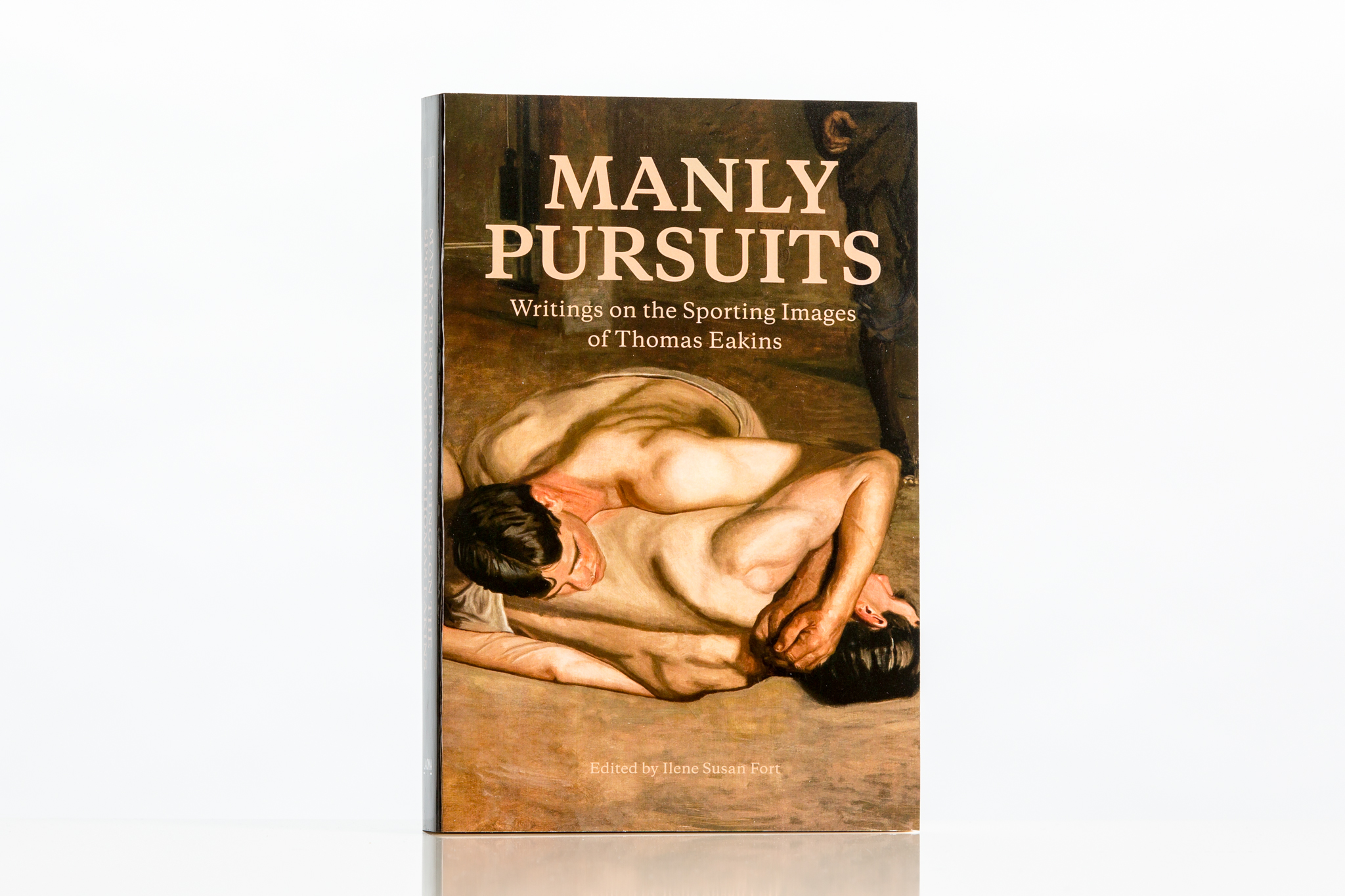Museums, galleries, and artists, like traditional book publishers, are also juggling unit costs, inventory, and production management when printing their art books. While it may seem that Print-on-Demand (POD) is their only option for producing books that don’t justify a large print run overseas, art book printing does not have to settle for POD. Why put an art book (or any book for that matter) through a production line that relies solely on bar coding, and is never seen by human eyes?* With only cookie-cutter standard sizes and papers to choose from, no finishing options, and poor quality control, POD does not serve art book publishers well. Readers expect more when they order an art book and are likely to simply return a book with shoddy production.
At Bookmobile, our Automatic Replenishment Program (ARP) offers the benefits of POD without sacrificing production quality. Instead of printing just one book at a time, we print in small batches. The print quantity is determined by a book’s pre-sales and sales history, but the publisher does not pay for the printing of the book until it is sold. And because we print in small batches, all books go through our high-quality production process, which means that our experienced staff closely monitors every stage, using over 60 quality check-points along the way. Furthermore, with ARP, we can offer most of our unique print options, like a variety of interior paper stock choices, color inserts, full-color interiors, and even translucent vellum dust jackets.
For example, Bookmobile has been working with the Los Angeles County Museum of Art (LACMA) since 2011, when we printed the first edition run of Manly Pursuits: Writings on the Sporting Images of Thomas Eakins, published in response to LACMA’s acclaimed 2010 exhibition of Eakins’ work. The first run was a large one, and it included a color insert.
Once the LACMA bookstore sold out of this run, they wanted to continue to sell Manly Pursuits, of course; but they didn’t want to have to manage reprint orders and inventory storage. So Bookmobile set up a revised interior file and converted the color images to grayscale, to keep the unit cost economical. Now, when orders come in through LACMA’s bookstore or website, they upload the order to our eFirst portal; we ship the book, then bill them on a weekly basis. The bookstore can also use the eFirst portal to check order statuses and tracking numbers.
When inventory gets low, Bookmobile simply reprints—but remember, LACMA does not pay for the printing of the book until it has shipped. Instead, Bookmobile takes the risk on the printing and inventory management. In addition, because this is a Direct-to-Consumer (D2C) sale for LACMA, Amazon or a distributor doesn’t take a cut of the sale. And by offering this unique book, tied to their exhibition, in their retail space, LACMA can further build on their relationship with the reader: Another point of interaction is another opportunity to promote an upcoming exhibition, a member drive, another book.
Interested in exploring this better version of POD for your art books? Contact me.
*Unless we’re talking about the art book titled Dear Lulu, Please try and print these line, colour, pattern, format, texture and typography tests for us, which was designed to test the limits and frailties of true one-a-time POD.

